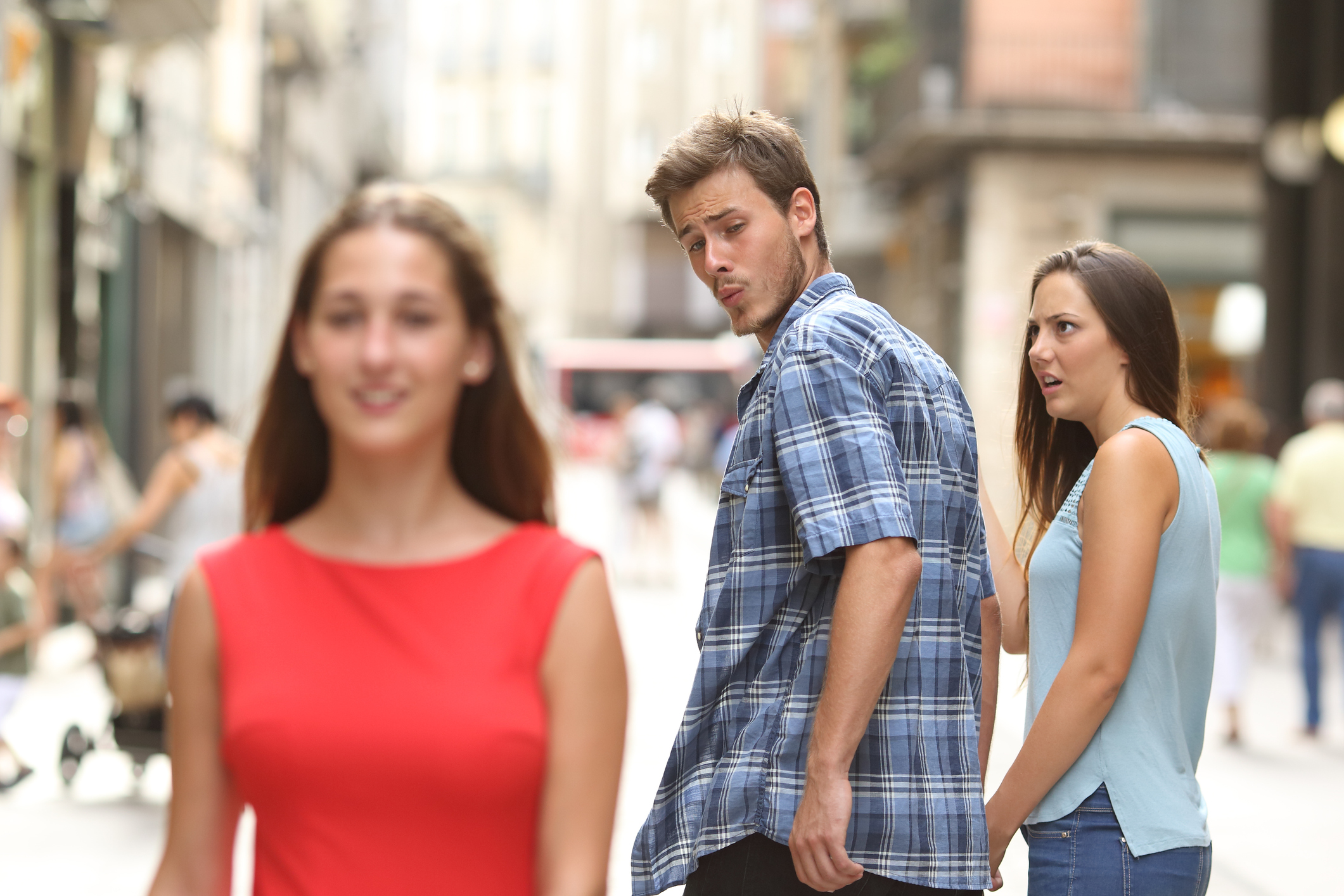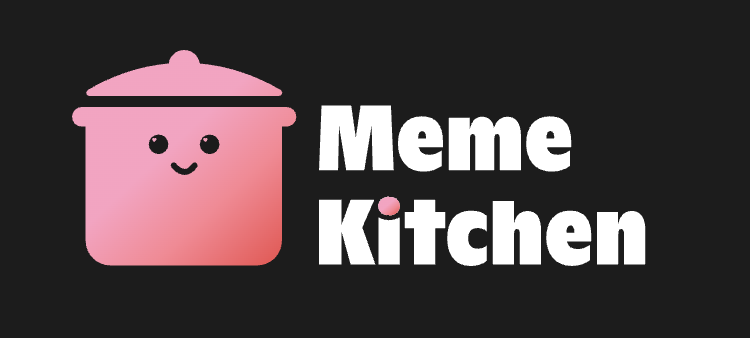
Memes as 'Cultural DNA': The Science Behind Why Some Memes Go Viral and Others Flop
Memes as "Cultural DNA": The Science Behind Why Some Memes Go Viral and Others Flop
Memes are more than just inside jokes circulating the internet—they’ve become the digital DNA of our culture. Just as genes carry biological information, memes transmit humor, ideas, and emotions at lightning speed, shaping how we communicate online. But what sets certain memes apart, allowing them to evolve into cultural icons, while others fade into obscurity? The secret isn’t just luck. In this article, we’ll explore the science behind memes as “Cultural DNA,” uncover the key factors that make memes go viral, and dive into meme marketing strategies that businesses use to tap into this powerful cultural force. Whether you're looking to create memes for business or simply understand what makes viral meme examples tick, this guide will show you how to harness the power of memes like a pro. Ready to meme like a pro? Let’s dive in.
The Evolutionary Nature of Memes: From Dawkins to TikTok
Richard Dawkins first introduced the term "meme" in The Selfish Gene (1976), describing cultural transmission through imitation. Fast forward to the digital age, and memes now mutate faster than a virus in a sci-fi movie. They adapt, evolve, and spread with every share, remix, and TikTok duet.
Take the iconic Pepe the Frog. Born as a harmless cartoon in 2005, Pepe evolved into countless iterations, from relatable humor to controversial political symbols. By 2023, Pepe had become a case study in meme evolution, reflecting cultural shifts in real-time. Like genes, memes shift based on cultural context, audience reception, and social media trends.
Stop caring. That’s literally all you have to do. pic.twitter.com/6FeneRXX3H
— pepe (@pepe)
January 27, 2025
X post from @pepe
But here’s the kicker: not all memes survive. Some, like Baby Yoda memes, dominate for a season and then vanish faster than a free pizza at a college dorm. Others, like Woman Yelling at Cat, become timeless classics. Why? Science has the answers.
The Science Behind Meme Survival: Why Some Memes Go Viral
Surviving memes share common traits. Let’s break them down:
Cognitive Fluency: Keep It Simple, Stupid (KISS)
Daniel Kahneman’s Thinking, Fast and Slow from 2011 suggests that our brains love simplicity. Memes that are easy to process—like Woman Yelling at Cat or Drake Hotline Bling—spread faster. Why? Because our brains are lazy (thanks, evolution). Our brains, wired for efficiency, prefer familiar formats, clear visuals, and straightforward messages. When a meme is instantly recognizable and effortless to decode, it becomes more shareable, reinforcing the cycle of virality.
Emotional Contagion: Make ‘Em Laugh, Cry, or Scream
Jonah Berger’s Contagious: Why Things Catch On reveals that emotions are the primary drivers of sharing, making content more likely to spread. Humor, nostalgia, and outrage form the holy trinity of meme virality, as they tap into deep-seated psychological triggers that compel people to engage and share. Specifically, humor creates instant gratification, nostalgia fosters a sense of identity and belonging, while outrage fuels social discourse and collective action.
This powerful nostalgia is one of the reasons Barbie memes exploded online. According to Google Trends, searches for "Barbie memes" spiked after the movie’s release. Why? The film taps into childhood memories, reviving the joy of dressing up Barbie, creating imaginary worlds, and seeing her as the ultimate symbol of play. Its vibrant pink aesthetic, the Dreamhouse, and classic outfits mirror the Barbie many grew up with, making longtime fans feel instantly connected. The movie also weaves in cultural references—discontinued dolls, iconic accessories, and even past controversies—reminding audiences of Barbie’s evolution. By blending these nostalgic elements with humor, the internet turned Barbie into a viral phenomenon, making old memories feel fresh and universally relatable.
Here's your updated block of data:
BARBENHEIMER Official Trailer #Barbie #Oppenheimer pic.twitter.com/DKupVxy3iG
— Farahani Edit (@farahaniedit)
July 14, 2023
X post from @farahaniedit
This format aligns the new data with the given example format.
Social Identity Reinforcement: Memes as Cultural Markers
Henri Tajfel’s Social Identity Theory, introduced in the 1970s, offers insight into why memes act as powerful cultural markers. The theory posits that our identities are shaped by the groups we belong to, and these affiliations influence how we perceive ourselves and others. Memes, with their easily recognizable symbols, allow people to express their beliefs, values, and in-group connections. When someone shares a meme, they’re not just passing along a humorous image—they’re signaling their membership in a specific social or cultural group. This sense of shared identity fosters belonging and encourages widespread engagement, making memes more likely to spread within those communities.
Take the This Is Fine Dog meme. In 2023, it became a symbol of resilience during the global economic downturn. People used it to say, “Yeah, life’s a mess, but I’m hanging in there.” It wasn’t just a meme—it was a shared experience.
Case Study: Why "Distracted Boyfriend" Became a Legend
Let’s talk about the Distracted Boyfriend meme. Why did it explode online? Three reasons:

Adaptability: The beauty of the "Distracted Boyfriend" meme lies in its versatile template. It’s been repurposed in countless ways, from lighthearted relationship humor to sharp marketing analogies, making it relatable across various contexts.
Relatability: Almost everyone has been in one of the three roles: the distracted boyfriend, the annoyed girlfriend, or the tempting new object. This universal experience makes it easy for people to see themselves in the meme, which drives its widespread appeal.
Timing: The meme’s peak virality coincided with heated debates and discussions on social media, giving it the perfect stage to shine. It quickly became a digital storytelling tool, tapping into larger cultural conversations while still being fun and easy to share.
How Memes Shape Online Communication in 2024
Memes have evolved beyond entertainment—they’re now a cornerstone of online communication, influencing everything from political discourse to marketing strategies. Here's how they’re making an impact in 2024:
Political Commentary: Memes like Dark Brandon (a satirical portrayal of President Biden) have become a sharp, witty way to critique politics. Rather than writing long essays, people are using humor and irony to make their points—showcasing how memes can simplify complex topics and fuel viral discussions.
Brand Marketing: Brands are tapping into meme culture to connect with younger audiences. Companies like Wendy’s and Netflix are leveraging memes to speak directly to Gen Z and Millennials. A prime example: in 2023, Netflix’s memes based on Stranger Things racked up impressive shares in just one week, demonstrating the power of cultural relevance in marketing.
Social Movements: Memes are no longer just a joke—they're powerful tools for raising awareness about important social issues. Memes like Bernie Sanders’ Mittens (2021) and This Is Fine Dog (2023) have been used to comment on everything from political events to the absurdity of global crises, proving that memes can ignite social change while engaging a wide audience.
Memes Are the Future of Communication
Understanding memes as "Cultural DNA" isn’t just for internet nerds—it’s a powerful tool for brands, creators, and anyone who wants to go viral. By leveraging cognitive fluency, emotional contagion, and social identity, you can create memes that resonate with your audience and stand the test of time.
Ready to craft memes backed by science? Try MemeKitchen.ai  for AI-driven insights into meme virality. Whether you’re a brand, a creator, or just someone who loves a good laugh, MemeKitchen.ai is your secret weapon for meme domination.
for AI-driven insights into meme virality. Whether you’re a brand, a creator, or just someone who loves a good laugh, MemeKitchen.ai is your secret weapon for meme domination.
So, what are you waiting for? Start cooking up some memes  and watch them spread like wildfire. After all, in the words of the internet: “If it’s not a meme, does it even exist?”
and watch them spread like wildfire. After all, in the words of the internet: “If it’s not a meme, does it even exist?”